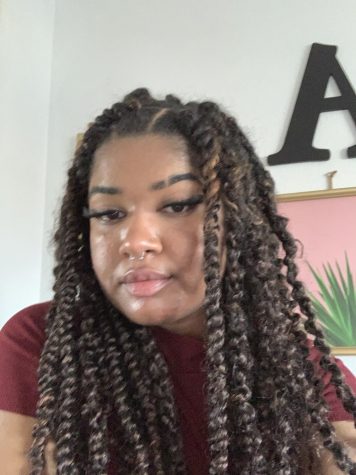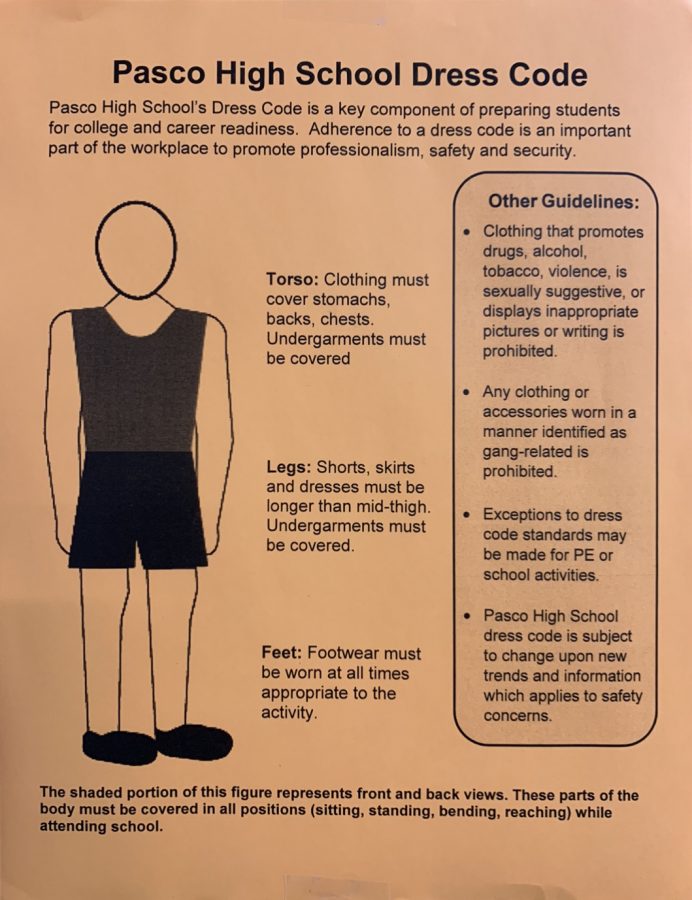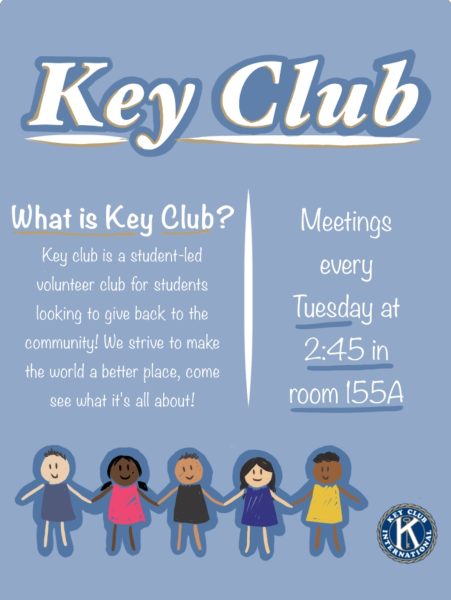The Dress Code (A Four-Part Series)
The first dress-code to ever be established was in 1969. Since then, over 57% of schools have what is considered a “strict dress code,” according to the National Center of Education statistics. Due to dress-codes, students all over the United States have been targeted and objectified by school administration and staff. The dress-code on the outside presents as a very simple set of rules which claim to try and keep the student body “safe” but in reality, underneath the surface, the dress code truly does more harm than good. In a four-part series of student opinions and stories, staff opinions, an experiment, and the issue of reformation will be documented, recorded, and published for Pasco High readers. Students have always had strong opinions of dress-codes and over the years many have collected numerous stories of run-ins with staff. Since we have been given a platform to express opinions and tell said stories, here is what the student body had to say.
Part I:
From what we gathered, most of the student body seems to have the same opinions on the dress code and how it affects us. During a couple of the interviews, we noticed a trend in the answers and opinions. Most female students feel that the staff are looking for a reason to dress code someone. A student that will remain anonymous stated, “Last Friday I was coming in from lunch and one of the female staff told me to put a sweater on because she could see a pointer fingers width of my skin. I said I feel like I’m not showing anything, and the staff replies with “well you might be”.” The staff member proceeded to measure the width of the skin showing with her pointer finger. This student felt violated with the fact that the staff member seemed to be looking for anything else to dress code her on and believes the staff member could have been nicer with the whole situation. This student also mentions that the dress code feels heavily gender biased, as in male students are usually never dress coded for showing what seems like more skin. Yet, the female students are always dress coded.
Another set of students named Noemi (10th) and Railynn (12th) have similar stories and opinions on the dress code as well. Noemi has also gotten dress coded for an inch or less of skin, she has also gotten dress coded for a small hole by the pocket of her jeans. Noemi states, “I feel like I should be able to wear what I want because it makes me feel better.” Railynn has also gotten dress coded for an inch or less of stomach skin showing, she feels that staff seem to dress code for no reason. Almost like it’s not allowing students to be comfortable in their own clothes. Noemi also adds that it feels awkward and uncomfortable sometimes because of the way they approach it, looking at your body/being overly rude/judgmental. The two girls feel very strongly about the dress code. Emily, a senior at PHS feels that the dress code is “Really unfair because people aren’t treated the same.” She goes on to describe the bias between body types in females, two students with different body types but wearing the same outfit, the curvier student could be dress coded first. Her final statement has rung true for many years inside schools “We came here to learn, not be judged.”
Three more students were interviewed on the topic, LyQualah (12th) had a strong opinion saying that, “It doesn’t make sense for us girls to be put in a bubble on what we can wear. We can’t express ourselves through our clothes.” Noel, another senior feels very similar to LyQualah stating, “It’s just dumb. Everybody should be able to express themselves with clothes.” Noel goes on to say, “it’s a sexist school and a sexist dress code,” after the two girls describe the hardships girls experience to keep the male students “at bay.” Vanessa (10th ), talked about how people can build up confidence to a certain level, but it can all be changed so fast when they’re told they can’t wear something or that they have to change.
Abigail (11th) has gotten dress coded during a PE class before school hours for wearing a tank top, she also feels strongly about the body size bias in dress coding stating “one of my friends who has bigger breasts got dress coded for wearing a tank top and she wasn’t even breaking any of the dress code, it was a bias against her body because she has bigger breasts I feel.” Abigail also told us a time that a male teacher threatened to have a security guard dress code the females in the class every day because he was feeling uncomfortable. Unfortunately, after this interview, Abigail got dress coded. Having only interviewed seven people out of the twenty-four hundred students here at Pasco high and all interviewers having similar experiences. It begs the questions, is the dress code really doing any good? Is the dress-code preventing female students from feeling comfortable and respected here at school? Judging from the feedback, the answer seems to be a yes.
Your donation will support the student journalists of Pasco High School and keep the Wasco up and running. Your contribution will allow us to cover our annual website hosting costs.
hey ! I'm nat. I am a senior at phs ! I'm the CEO of Swag and the Editor-in-Chief for The Wasco ! a fact about me is I am literally always late, I'm always...

I am a junior at here at Pasco High School. I am the oldest of two sisters. On my free time I like to go to the movies, spend time with friends and family,...
I am one of the Editor-In-Chiefs for our Wasco news team. I am from the graduating class of 2021. Songs with beautiful guitar riffs and fluffy clouds make...
Hi it alexis ahaha ._. Editor-In chief ahaha RAWR XD!!

Hey my names Alasia and I’m a reporter which means I’ll be doing interviews and writing stories to give you guys information and entertainment. A little...
As one of the few online editors, I specialize on making sure everything is perfect or as near as it can be when it is posted up on the site. I also interview...






